Superfluid In Astrophysics
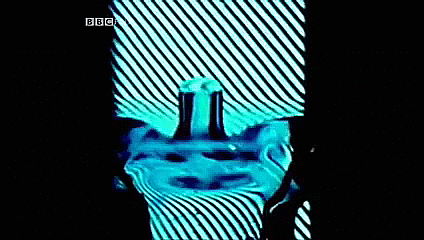
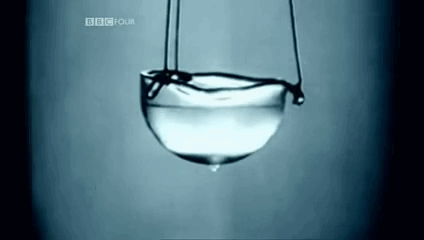
Superfluidity consists of an anomalous liquid state of quantum nature which is under a very low temperature behaving as if it had no viscosity and exhibiting an abnormally high heat transfer. This phenomenon was observed for the first time in liquid helium and has applications not only in theories about liquid helium but also in astrophysics and theories of quantum gravitation.
Helium only ends boiling at 2.2 K and is when it becomes helium-II (superfluid helium), getting a thermal conductivity increased by a million times, in addition to becoming a superconductor. Its viscosity tends to zero, hence, if the liquid were placed in a cubic container it would spread all over the surface. Thus, the liquid can flow upwards, up the walls of the container. If the viscosity is zero, the flexibility of the material is non-existent and the propagation of waves on the material occurs under infinite velocity.

Because it is a noble gas, helium exhibits little intermolecular interaction. The interactions that it presents are the interactions of Van der Waals. As the relative intensity of these forces is small, and the mass of the two isotopes of helium is small, the quantum effects, usually disguised under the thermal agitation, begin to appear, leaving the liquid in a state in which the particles behave jointly, under effect of a single wave function. In the two liquids in which cases of superfluidity are known, that is, in isotopes 3 and 4 of helium, the first is composed of fermions whereas the second is composed of bosons. In both cases, the explanation requires the existence of bosons. In the case of helium-3, the fermions group in pairs, similar to what happens in the superconductivity with the Cooper pairs, to form bosons.

Helium’s liquidity at low temperatures allows it to carry out a transformation called Bose–Einstein condensation, in which individual particles overlap until they behave like one big particle.
Superfluid in astrophysics
The idea of superfluids existed within neutron stars was proposed by Russian physicist Arkady Migdal in 1959. Making an analogy with Cooper pairs that form within superconductors, it is expected that protons and neutrons in the nucleus of a star of neutrons with sufficient high pressure and low temperature behave in a similar way forming pairs of Cooper and generate the phenomena of superfluidity and superconductivity.

The existence of this phenomenon was proven by NASA in 2011 when analyzing the neutron star left by supernova Cassiopeia A.
sources: 1, 2, 3 & 4 animation: 1 & 2
More Posts from Ocrim1967 and Others










This Is Everything That’s Wrong With Our Definition Of ‘Planet’
“There are many people who would love to see Pluto regain its planetary status, and there’s a part of me that grew up with planetary Pluto that’s extraordinarily sympathetic to that perspective. But including Pluto as a planet necessarily results in a Solar System with far more than nine planets. Pluto is only the 8th largest non-planet in our Solar System, and is clearly a larger-than-average but otherwise typical member of the Kuiper belt. It will never be the 9th planet again.
But that’s not necessarily a bad thing. We may be headed towards a world where astronomers and planetary scientists work with very different definitions of what attains planethood, but we all study the same objects in the same Universe. Whatever we call objects — however we choose to classify them — makes them no less interesting or worthy of study. The cosmos simply exists as it is. It’s up to the very human endeavor of science to make sense of it all.”
Next month will mark 13 years since the International Astronomical Union (IAU) officially defined the term planet and ‘Plutoed’ our Solar System’s (up-until-that-point) 9th planet. With an additional 13 years of knowledge, understanding, data, and discoveries, though, did they get the decision right?
Certainly, there were aspects that needed to be revised, but the IAU’s definition comes along with some major gaps and mistakes. We can do better! Come learn how.
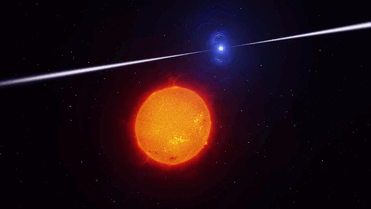
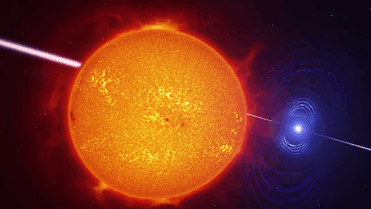
The Scorpii AR system
In the system AR Scorpii a rapidly spinning white dwarf star powers electrons up to almost the speed of light. These high energy particles release blasts of radiation that lash the companion red dwarf star, and cause the entire system to pulse dramatically every 1.97 minutes with radiation ranging from the ultraviolet to radio.
The star system AR Scorpii, or AR Sco for short, lies in the constellation of Scorpius, 380 light-years from Earth. It comprises a rapidly spinning white dwarf, the size of Earth but containing 200,000 times more mass, and a cool red dwarf companion one third the mass of the Sun, orbiting one another every 3.6 hours in a cosmic dance as regular as clockwork.
Read more at: cosmosmagazine & astronomynow

The Planets and their respective sizes compared to our Sun.










This Is How To Bring Dark Skies Back In An Increasingly Developed World
“A dark night sky is something we not only all deserve, it’s something that we could very easily have for a relatively small investment. The benefits, in addition to long-term cost savings, education, and the environmental positives, can be taken in all at once by everyone who both lives in, or simply passes through, your town.
And for those of you still asking, “what benefit is that?” As soon as you encounter your first dark sky community, you’ll see for yourself that there’s no explanation required. To take it all in, just look up.”
When was the last time you saw the Milky Way? If you’re like 99% of the United States or Europe, it wasn’t from your own backyard. While you might assume that’s because we need to have well-lit areas where most of us live, that’s only partially correct. It’s because we choose to have brightly-lit areas to meet our safety and commercial nighttime needs, but there’s a fundamental difference between well-lit and brightly-lit. More than 20 independent communities have taken all the steps necessary to restore darkness to their areas, following the recommendations and getting certified by the IDA: the International Dark Sky Association.
Forget about asking, “why aren’t there more?” Instead, try being the change you want to see, and work to bring dark skies, as well as health and environmental benefits, back to your own community!
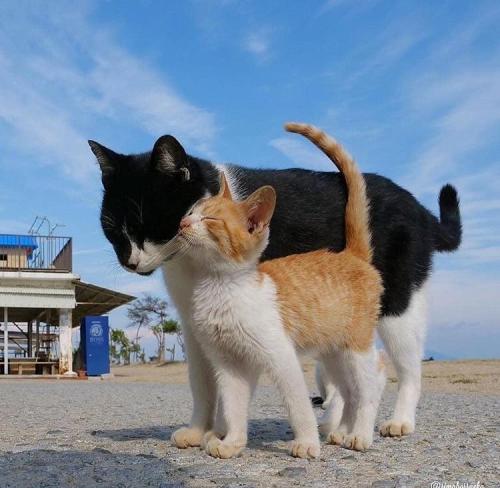
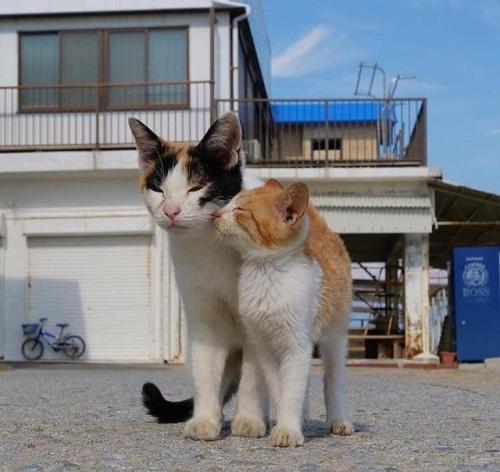
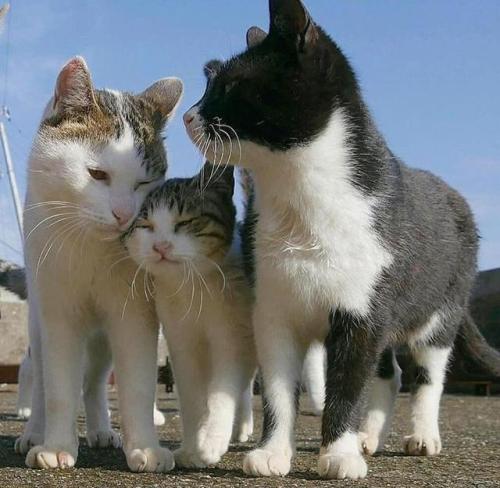
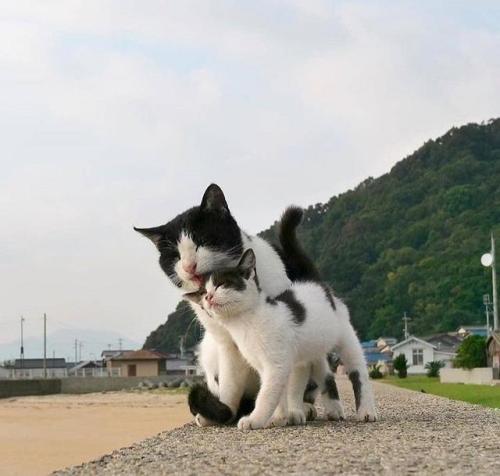
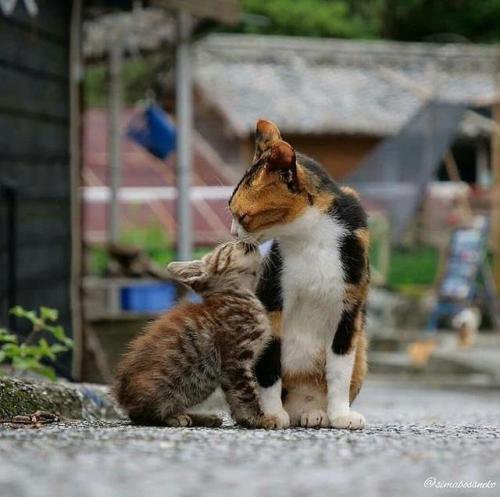
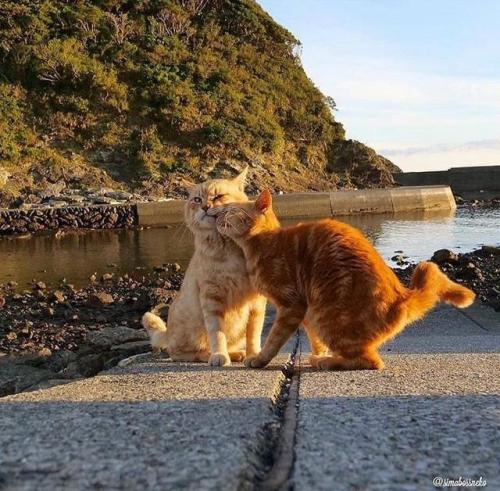
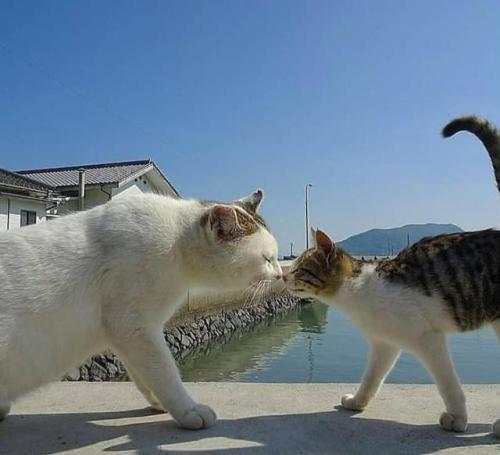
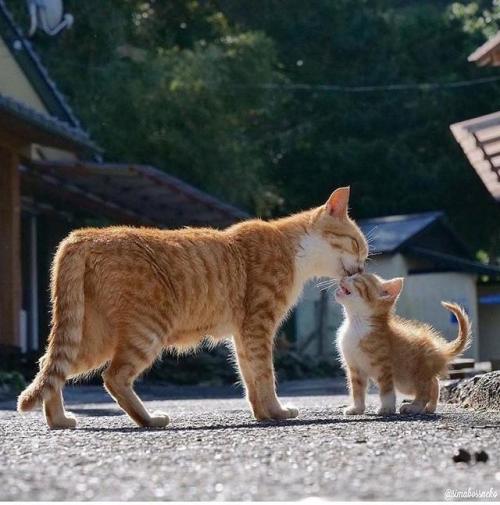
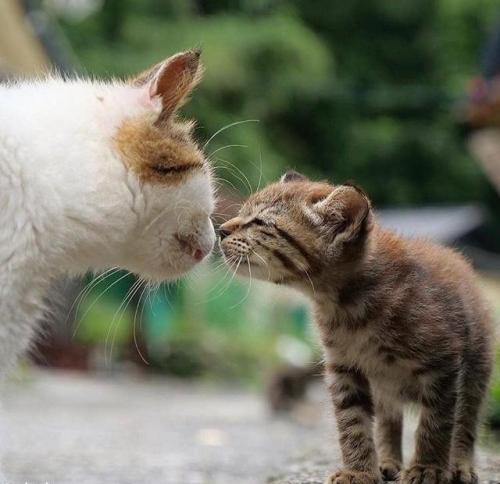
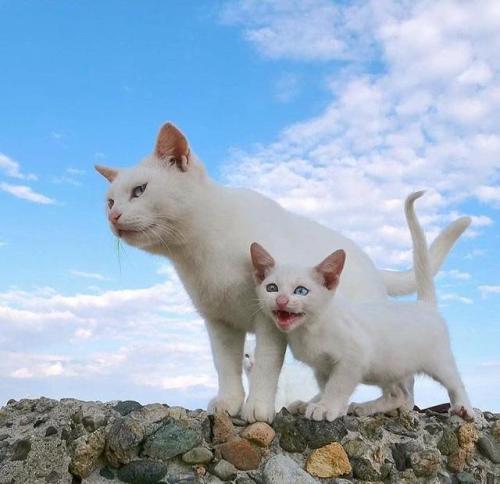
(Source)
Take me back to California 🌴❤️

























(Source)
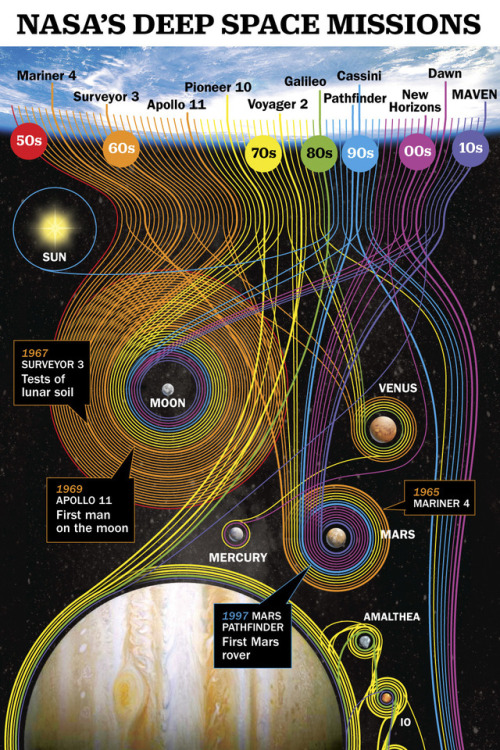
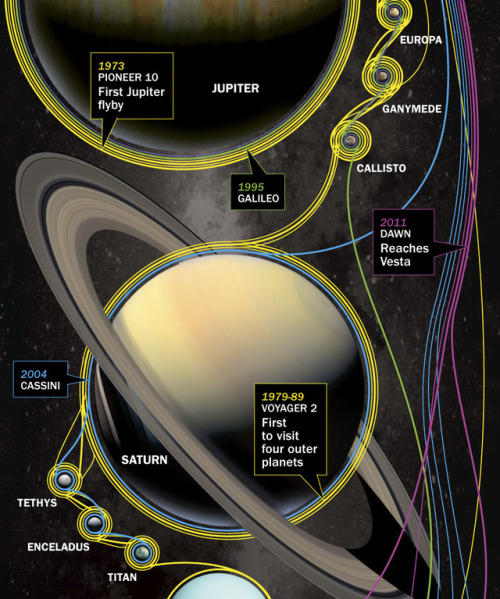
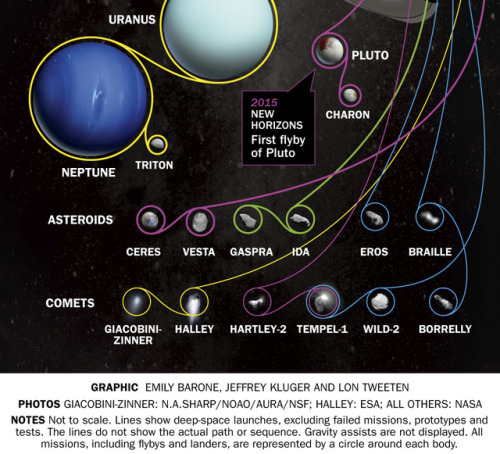
Deep Space Missions
When the Moon's Shadow Falls on Earth
On July 2, 2019, a total solar eclipse will pass over parts of Argentina and Chile.

Solar eclipses happen when the Moon passes directly between the Sun and Earth, casting its shadow onto Earth’s surface. Because the Moon’s orbit isn’t perfectly in line with the Sun and Earth, its shadow usually passes above or below Earth. But when it lines up just right, we get a solar eclipse!

People in the inner part of the Moon’s shadow — the umbra — have the chance to witness a total solar eclipse, while those in the outer part of the shadow — the penumbra — experience a partial solar eclipse.

The path of the total solar eclipse stretches across parts of Chile and Argentina. People outside this path may see a partial eclipse or no eclipse at all.
During a total solar eclipse, the Moon blocks out the Sun’s bright face, revealing its comparatively faint outer atmosphere, the corona. The corona is a dynamic region that is thought to hold the answers to questions about the fundamental physics of the Sun — like why the corona is so much hotter than the Sun’s surface and how the Sun’s constant outflow of material, the solar wind, is accelerated to such high speeds.

Image Credit: Miloslav Druckmüller, Peter Aniol, Shadia Habbal
Our Parker Solar Probe and the upcoming Solar Orbiter mission from the European Space Agency are exploring these questions by flying through the corona itself and taking unprecedented measurements of the conditions there. Plus, our newly-chosen PUNCH mission will create tiny, artificial eclipses in front of its cameras — using an instrument called a coronagraph — to study structures in the Sun’s corona and examine how it generates the solar wind.
Watching the eclipse
It’s never safe to look directly at the uneclipsed or partially eclipsed Sun – so you’ll need special solar viewing glasses or an indirect viewing method, like pinhole projection, to watch the eclipse.

For people in the path of totality, there will be a few brief moments when it is safe to look directly at the eclipse. Only once the Moon has completely covered the Sun and there is no sunlight shining is it safe to look at the eclipse. Make sure you put your eclipse glasses back on or return to indirect viewing before the first flash of sunlight appears around the Moon’s edge.
No matter where you are, you can watch the eclipse online! The Exploratorium will be streaming live views of the eclipse with commentary in both English and Spanish starting at 4 p.m. EDT / 1 p.m. PDT on July 2. Watch with us at nasa.gov/live!
Para más información e actualizaciones en español acerca del eclipse, sigue a @NASA_es en Twitter o vea esta hoja de hechos.
Make sure to follow us on Tumblr for your regular dose of space: http://nasa.tumblr.com.









(Source)
-
 nothingamazing liked this · 1 year ago
nothingamazing liked this · 1 year ago -
 dotglobal reblogged this · 1 year ago
dotglobal reblogged this · 1 year ago -
 dotglobal liked this · 1 year ago
dotglobal liked this · 1 year ago -
 turningthunderintograce reblogged this · 3 years ago
turningthunderintograce reblogged this · 3 years ago -
 matchagoga reblogged this · 3 years ago
matchagoga reblogged this · 3 years ago -
 foolycruelly liked this · 3 years ago
foolycruelly liked this · 3 years ago -
 hidradigital liked this · 3 years ago
hidradigital liked this · 3 years ago -
 guwop07 reblogged this · 3 years ago
guwop07 reblogged this · 3 years ago -
 jermowanders reblogged this · 3 years ago
jermowanders reblogged this · 3 years ago -
 you-stand-corrected reblogged this · 3 years ago
you-stand-corrected reblogged this · 3 years ago -
 you-stand-corrected liked this · 3 years ago
you-stand-corrected liked this · 3 years ago -
 wisemanwhodoesntknow reblogged this · 3 years ago
wisemanwhodoesntknow reblogged this · 3 years ago -
 wisemanwhodoesntknow liked this · 3 years ago
wisemanwhodoesntknow liked this · 3 years ago -
 anerdblogs liked this · 3 years ago
anerdblogs liked this · 3 years ago -
 mg-dl liked this · 3 years ago
mg-dl liked this · 3 years ago -
 glorbo-from-your-evil-show liked this · 3 years ago
glorbo-from-your-evil-show liked this · 3 years ago -
 wombatappreciator69 liked this · 3 years ago
wombatappreciator69 liked this · 3 years ago -
 chroniclearia liked this · 3 years ago
chroniclearia liked this · 3 years ago -
 banana-savage-the-first liked this · 3 years ago
banana-savage-the-first liked this · 3 years ago -
 iwmfm liked this · 3 years ago
iwmfm liked this · 3 years ago -
 sovreion liked this · 3 years ago
sovreion liked this · 3 years ago -
 wanderer001 reblogged this · 3 years ago
wanderer001 reblogged this · 3 years ago -
 wanderer001 liked this · 3 years ago
wanderer001 liked this · 3 years ago -
 the-bullshit-is-strong-on-me liked this · 3 years ago
the-bullshit-is-strong-on-me liked this · 3 years ago -
 manebioniclegali reblogged this · 3 years ago
manebioniclegali reblogged this · 3 years ago -
 kaoticanishod liked this · 3 years ago
kaoticanishod liked this · 3 years ago -
 verytreekitty liked this · 3 years ago
verytreekitty liked this · 3 years ago -
 tclhb liked this · 3 years ago
tclhb liked this · 3 years ago -
 quamatoc liked this · 3 years ago
quamatoc liked this · 3 years ago -
 spacialk2010 liked this · 3 years ago
spacialk2010 liked this · 3 years ago -
 liongerudo reblogged this · 3 years ago
liongerudo reblogged this · 3 years ago -
 egg-xcellent liked this · 3 years ago
egg-xcellent liked this · 3 years ago -
 delicate-cloudkid liked this · 3 years ago
delicate-cloudkid liked this · 3 years ago -
 mayax81 reblogged this · 3 years ago
mayax81 reblogged this · 3 years ago -
 0palesce reblogged this · 3 years ago
0palesce reblogged this · 3 years ago